Edge detection: Sobel vs. Gradient
- The snake implementation was performed for two sets of data: one was edge detected using Sobel operators and the other
using Gradientm using 110.tif. The internal force parameters, rigidity and tension (elasticity), were varied
with the combinations of a= 0.05 and b= 0.05, 0.3, 0.5, 0.7, 0.9, 1, 1.5, 2, 3, 5, 7; and a=0.01, 0, with b=1. The results of snake
implantations were compared on these performances.
Results show that for Sobel edge images, snake result was closely the same for various values of internal force parameters and
the snake failure highly depends on the magnitude of detected edge with is related to the edge detecting technique.
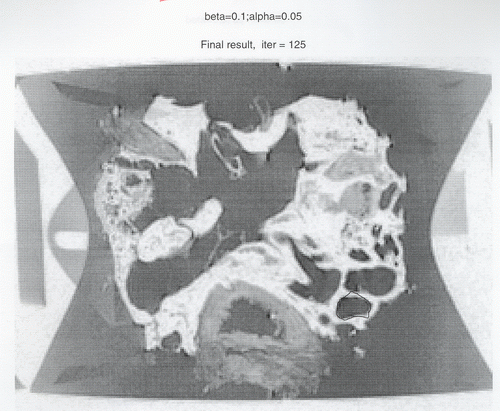
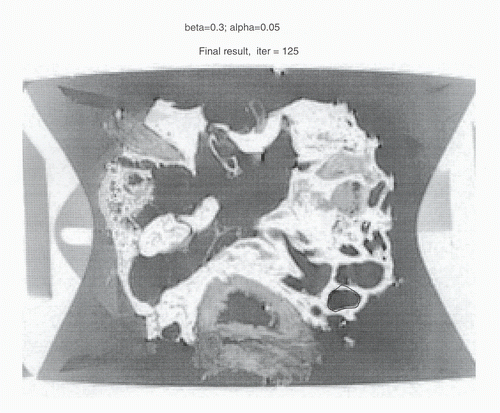
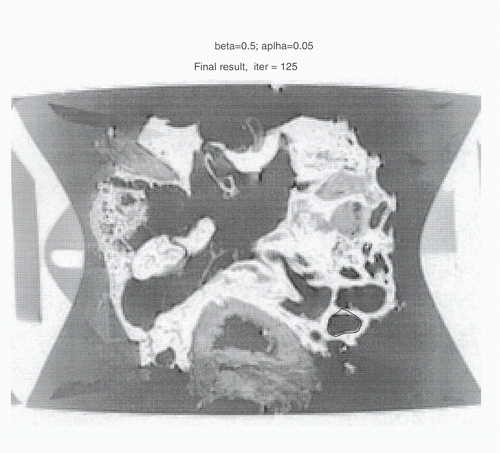
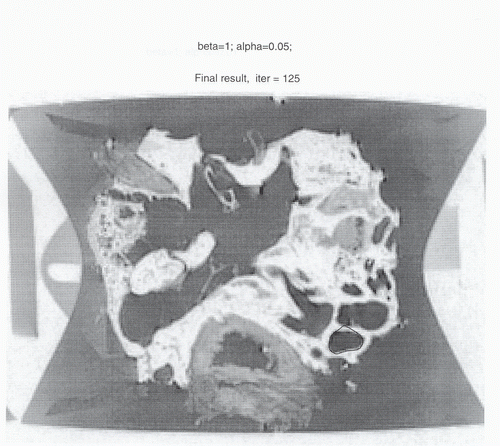
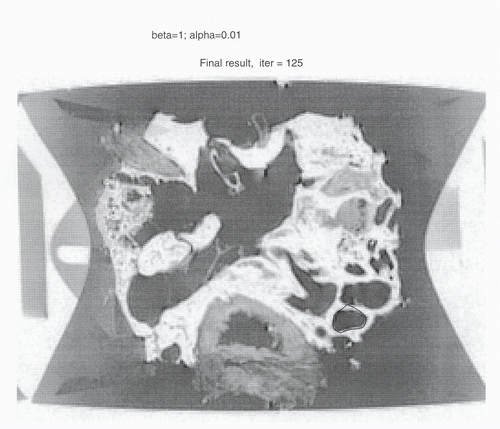
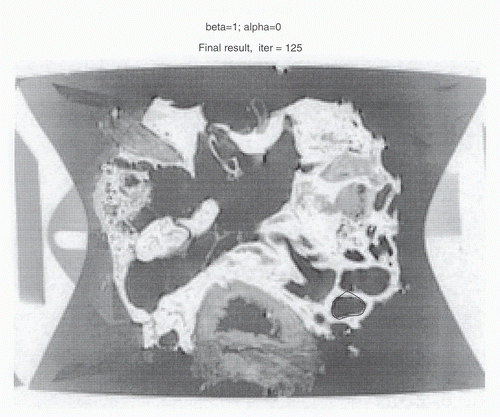
- Also for Gradient edge detected image was used for snake implementation with assigning the values of internal force
parameters. Results demonstrate that snake highly depends on edge detection technique and much less on the internal force parameters. The internal force parameter values, for this experiment, were: a= 0.05 and b= 0.05, 0.1, 0.3, 0.5, 1; a=0.01, 0, with b=1.
- Another important result during these performances was in assigning point for snake initialization using mouse. The more
the value of b was increased, the more precise snake point initialization was required; other wise the procedure was failed, since
the first initial computer generated, round shape snake would shrink.
- To find out what exactly going on with "snakeinit" Matlab code?
- Some suggestions were also given concerning the above results:
- To find out the snake exceeding the upper boundaries, as shown on the results, has relation to the starting point to
manually initialized snake?
- Try to compare the results of Matlabwith the C generate program of snake?
- Try to exceed b to very high and keep a low or zero?
- Try to apply MNI display program available on any machines or on Funsan?











